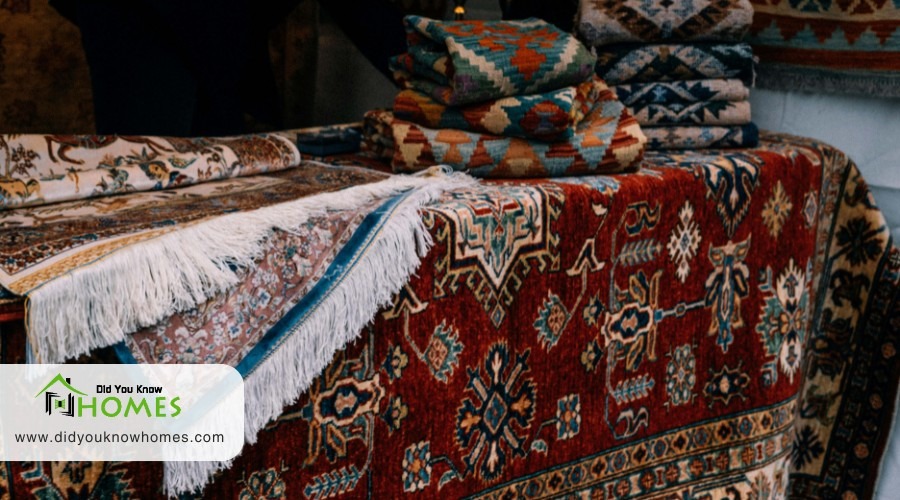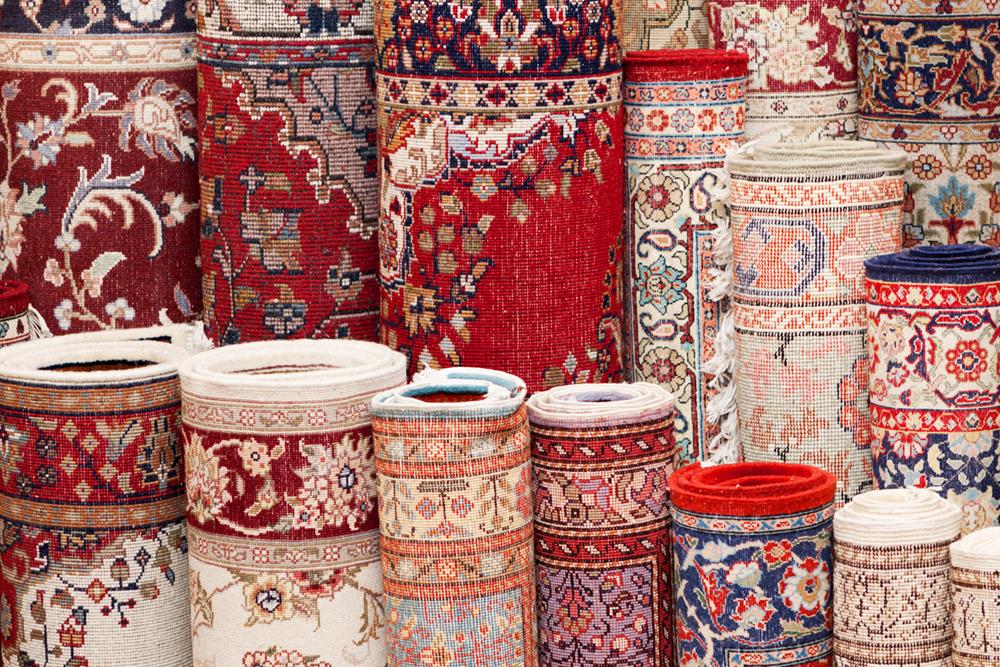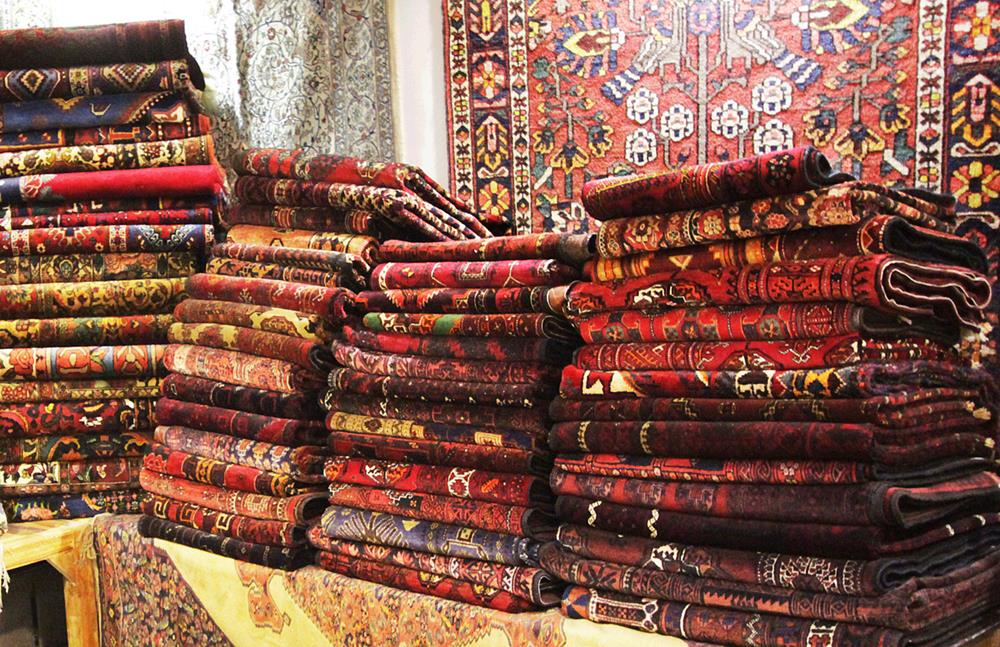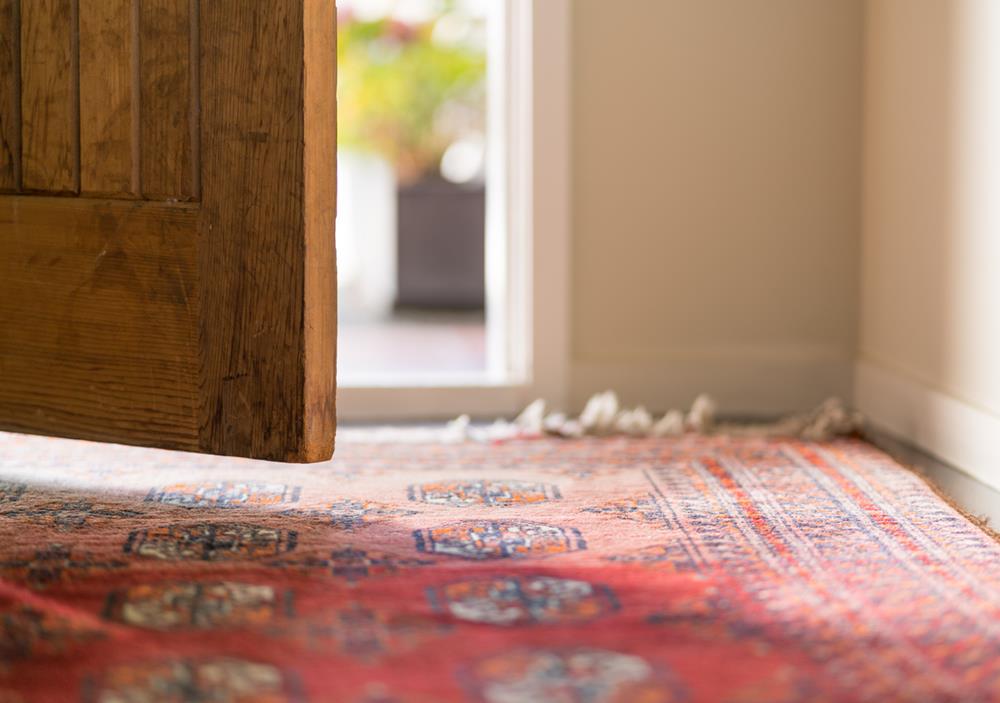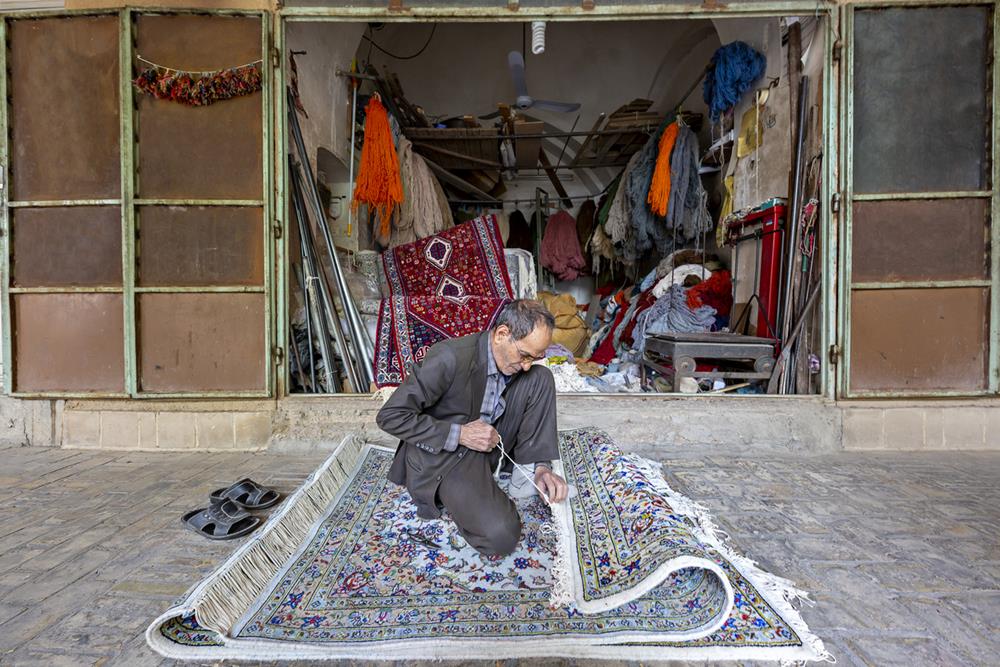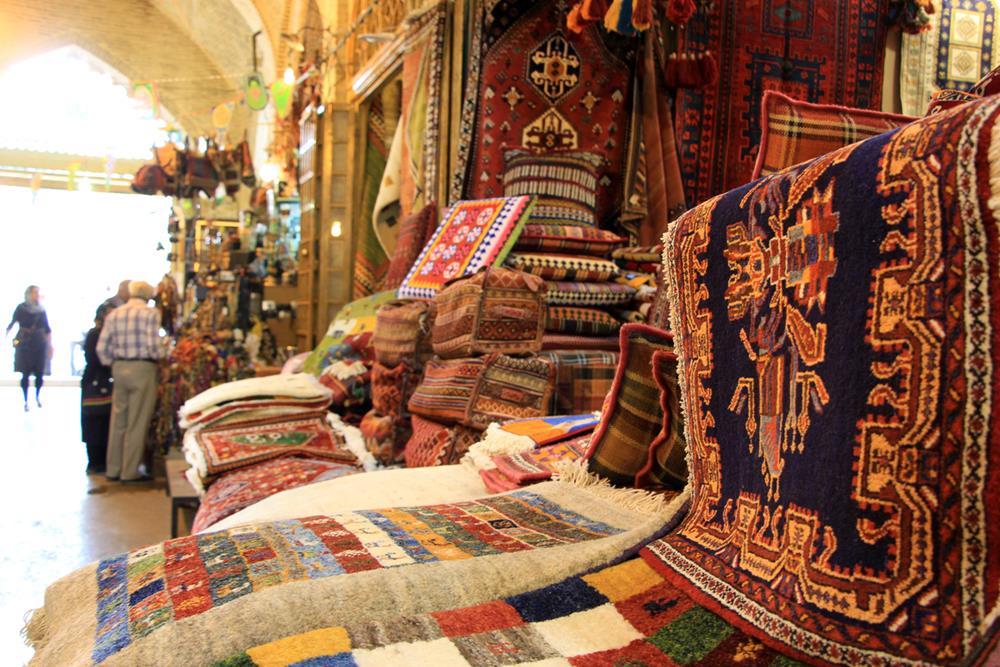The art of crafting a Persian rug is a meticulous and time-honored process that combines traditional techniques with the personal touch of the weaver. These rugs are renowned worldwide for their intricate designs and enduring quality, making them prized possessions in homes and collections. However, the time it takes to create such a masterpiece can vary greatly depending on several factors. In this article, we will examine the different stages of making a Persian rug and discuss how each contributes to the overall timeframe of this intricate craft.
What is a Persian Rug?
A Persian rug is a hand-woven textile originating from Iran, traditionally known for its elaborate designs and exquisite craftsmanship. These rugs are not just floor coverings but are considered pieces of art, each telling a story through its patterns, colors, and motifs. The designs often feature floral, geometric, or medallion frameworks and can vary greatly depending on the region of origin within Iran, with each area boasting its unique style and weaving techniques.
The materials used in making Persian rugs are usually wool, silk, or a combination of both, providing both durability and a luxurious sheen. The quality of these materials, along with the density of knots, determines the rug’s durability, texture, and price. The dyes used for coloring the yarn are often derived from natural sources, such as plants and minerals, which contribute to the vibrant yet subtle palette characteristic of Persian rugs.
Historically, Persian rugs have played a significant role in cultural exchange, as they were among the highly sought-after goods traded along the Silk Road. Today, they continue to be highly valued for their beauty, craftsmanship, and the cultural stories they carry, making them a coveted item for collectors and decorators around the world.
How Long Does It Take to Make a Persian Rug?
The time it takes to create a Persian rug can vary widely, influenced by factors such as size, complexity of design, and the skill of the weavers. Generally, the process is not a quick one, reflecting the intricate artistry and meticulous care that go into each piece.
- Small Rugs: A small Persian rug, which might measure around 4 by 6 feet, can typically take anywhere from several months to a year to complete. This duration assumes that a single weaver is working on the rug for about six to eight hours a day. The density of the knots and the simplicity or complexity of the patterns also play a significant role in determining how long the rug will take to complete.
- Larger Rugs: For larger rugs, such as those that are 8 by 10 feet or more, the time required can significantly increase. These rugs often require the coordinated efforts of multiple weavers and can take anywhere from one to several years to finish. Again, the specific details of the design and the knot count—measured in knots per square inch (KPI)—are critical factors. More elaborate designs with higher KPIs are more time-consuming.
- Masterpieces: At the highest end of the scale are the masterpieces of Persian rug making. These rugs feature extremely intricate designs with very high knot counts. They can often take a team of expert weavers several years to complete, sometimes even a decade, depending on the complexity and size.
The Benefits of Having a Persian Rug
Persian rugs are much more than simple decor items; they are investments in beauty, history, and craftsmanship. Each rug brings with it a multitude of benefits that extend beyond its visual appeal. Here are several advantages of incorporating a Persian rug into your home or workspace:
Enhanced Aesthetics
A Persian rug is a masterpiece of artistry, capable of transforming any room into a more elegant and vibrant space. Its intricate patterns and rich colors add a touch of sophistication and warmth that few other decorative elements can achieve. Whether placed in a living room, office, or hallway, a Persian rug serves as a focal point that ties other decor elements together in a harmonious visual experience.
Durability and Longevity
Crafted using high-quality materials and age-old weaving techniques, Persian rugs are built to last. They are known for their durability and can withstand high-traffic areas without losing their allure. This makes them not only beautiful but also a practical choice for flooring that, with proper care, can be passed down as family heirlooms for generations.
Cultural Significance
Owning a Persian rug means holding a piece of history. Each rug carries the heritage of the region where it was created, often reflected in its motifs and weaving style. This cultural significance adds depth and story to the space it occupies, making it a conversation starter and a source of pride.
Improvement of Indoor Acoustics
Persian rugs can also enhance the acoustic quality of a room. Their thick weaving helps to absorb sounds, reduce echo and make conversations clearer. This makes them an ideal choice for large, open spaces or rooms with hard surfaces that tend to carry sound.
Comfort and Warmth
The dense fabric of Persian rugs provides a layer of insulation and comfort underfoot. This is particularly appealing in colder climates or during cooler months, as the rugs can significantly warm up a space and make it feel cozy and welcoming. Their soft texture also makes them comfortable to walk or sit on, adding to their functional appeal.
The Steps for Creating a Persian Rug
Creating a Persian rug is an intricate process that combines traditional skills with artistic expression. This time-honored craft involves several detailed steps, each crucial to the creation of these exquisite pieces. From design conception to the final trimming, here is an overview of how a Persian rug is brought to life:
Design Planning
Before any weaving begins, a master designer sketches the rug’s pattern. This blueprint, known as a ‘cartoon,’ lays out the design, color scheme, and dimensions of the rug. The complexity of the design can vary significantly, with some patterns requiring much more detailed planning than others. This stage is crucial as it dictates the rest of the weaving process, ensuring every knot contributes to the overall visual story of the rug.
Dyeing the Yarn
The yarn used in Persian rugs is typically wool, silk, or a combination of both, and it must be dyed before weaving begins. Natural dyes derived from plants, minerals, and sometimes insects are used to achieve a vibrant palette that has depth and variation. The dyeing process is both an art and a science, requiring precise timing and temperature control to ensure the colors are consistent and lasting.
Preparing the Loom
Setting up the loom is the next step, where the foundation of the rug is created using strong threads of cotton, silk, or wool. These threads form the warp (vertical) and weft (horizontal) of the rug. The quality of the loom setup can significantly affect the final product’s durability and appearance.
Knotting the Rug
The heart of the rug-making process is knotting. Each knot is hand-tied to the warp threads, and the type of knot can vary depending on the region and the weaver’s technique. This is the most time-consuming part of the process, with skilled artisans able to tie thousands of knots per day. However, larger rugs with more intricate designs can take multiple weavers several years to complete.
Trimming and Washing
Once the weaving is complete, the rug is cut from the loom. The surface of the rug is then carefully trimmed to ensure an even pile across the rug’s surface. After trimming, the rug is washed to remove any dirt and debris and to help set the dyes. This washing also enhances the rug’s softness and sheen.
Final Touches
The last step involves finishing touches, such as fixing any loose threads and applying treatments that may enhance the rug’s color or durability. The rug may also be sun-dried to ensure it retains its shape and texture.
Interesting Facts About Persian Rugs
Persian rugs are treasured not only for their beauty but also for their fascinating history and the intricate craftsmanship they embody. Here are some interesting facts and statistics that illustrate the unique world of Persian rugs:
- Ancient Craft: The tradition of rug weaving in Iran dates back over 2,500 years, making it one of the oldest crafts in the world. This deep-rooted history is a key reason why Persian rugs are considered cultural symbols and highly valued for their artistry.
- Record-Breaking Sale: The most expensive Persian rug ever sold was a 17th-century Persian vase carpet that fetched nearly $34 million at a Sotheby’s auction in 2013. This sale highlights the immense value that collectors place on rare and authentic pieces.
- Knots Per Square Inch (KPI): The density of a Persian rug is measured in knots per square inch, with luxury rugs often having a KPI of 500 or more. Some exceptionally fine pieces can even exceed 1,000 KPI, indicating a very high level of detail and craftsmanship.
- Natural Dyes: Historically, the colors in Persian rugs were derived from natural sources. For example, the red dye might come from cochineal insects, blue from indigo plants, and yellow from various spices. This use of natural dyes not only makes each rug unique but also adds to its longevity and vibrancy of color.
- Symbolism in Design: The designs in Persian rugs are not merely for decoration. Many motifs have specific meanings, such as the boteh or paisley symbolizing life and eternity, or the peony denoting power. This symbolism adds a layer of cultural significance to each rug.
- Major Export: Persian rugs are among Iran’s largest non-oil exports. Despite economic sanctions and market fluctuations, the country exports millions of dollars worth of hand-woven carpets each year, primarily to countries like Germany, Lebanon, and the UAE.
- Geographical Variations: Persian rugs vary greatly depending on the region of production. For instance, Tabriz rugs are known for their detailed and symmetrical patterns, while Qashqai rugs, made by nomadic tribes, are prized for their vibrant colors and bold designs.
Conclusion
The process of creating a Persian rug is a testament to the dedication and skill of the artisans who weave them. With each rug taking anywhere from a few months to several years to complete, the time invested in these works of art is considerable. The meticulous knotting, the choice of materials, and the careful planning of designs all contribute to the creation of each unique piece.

